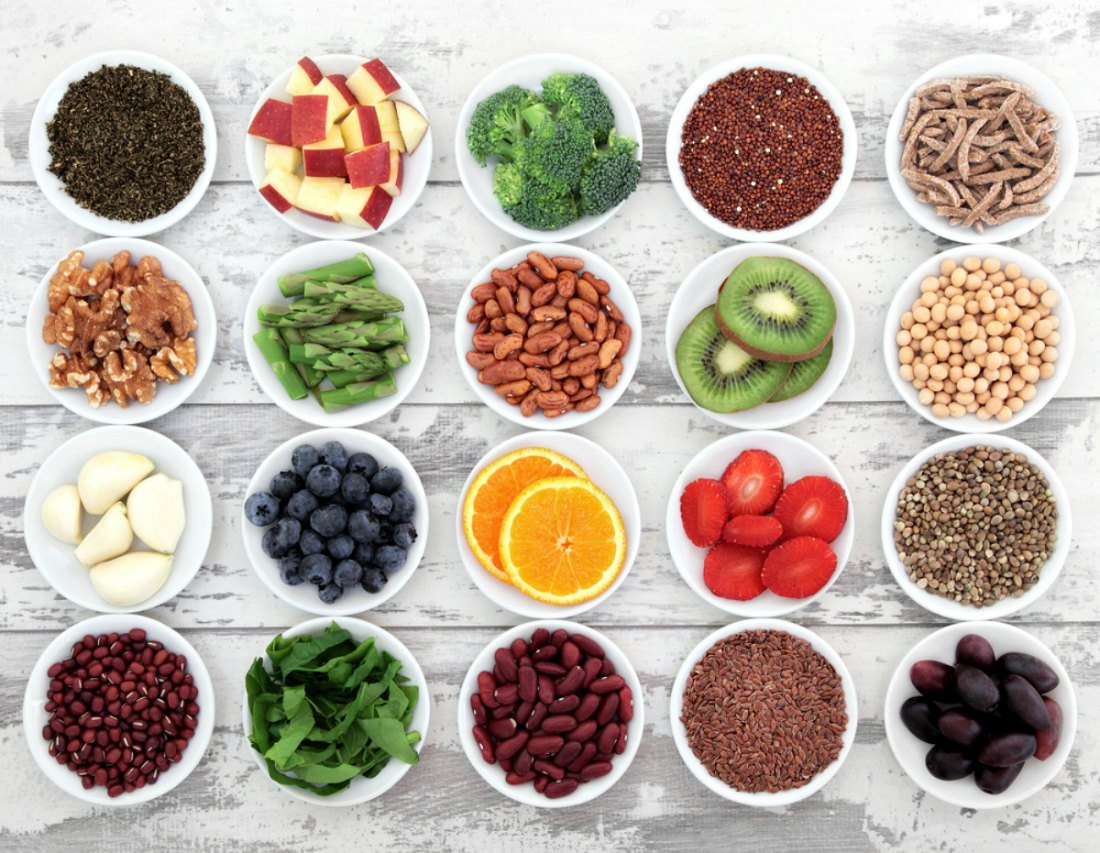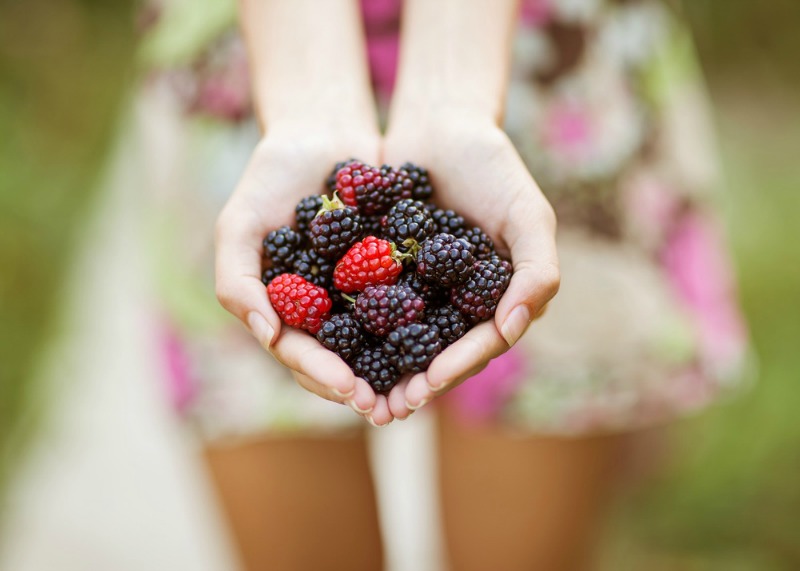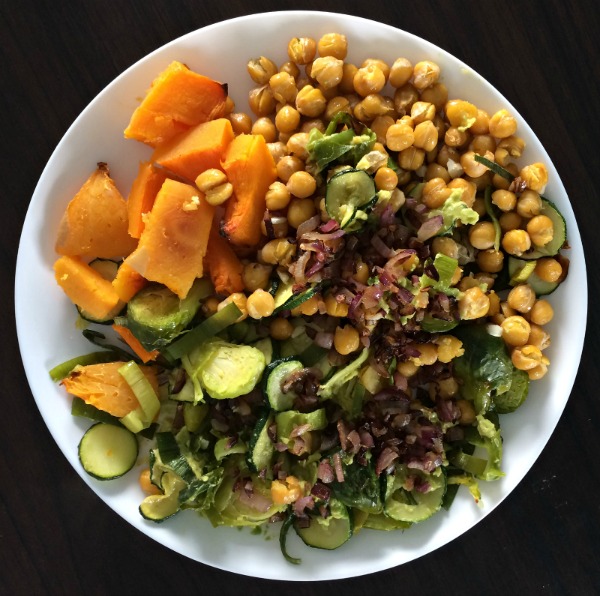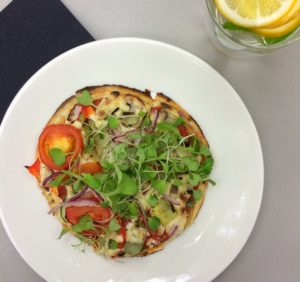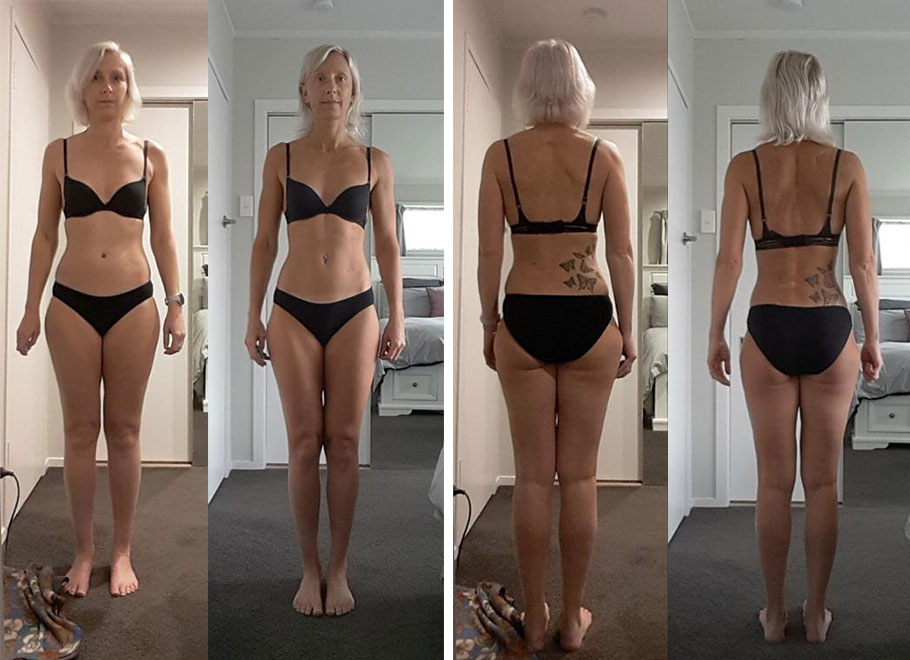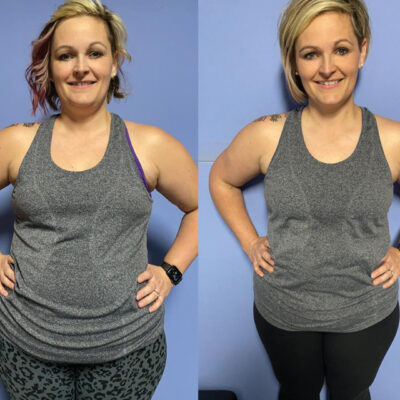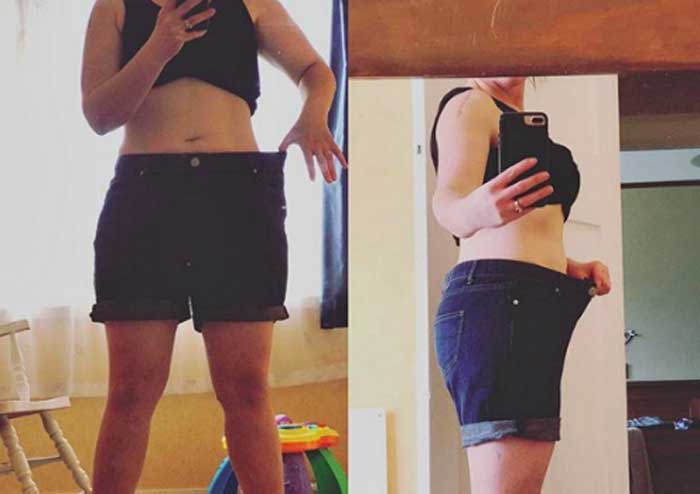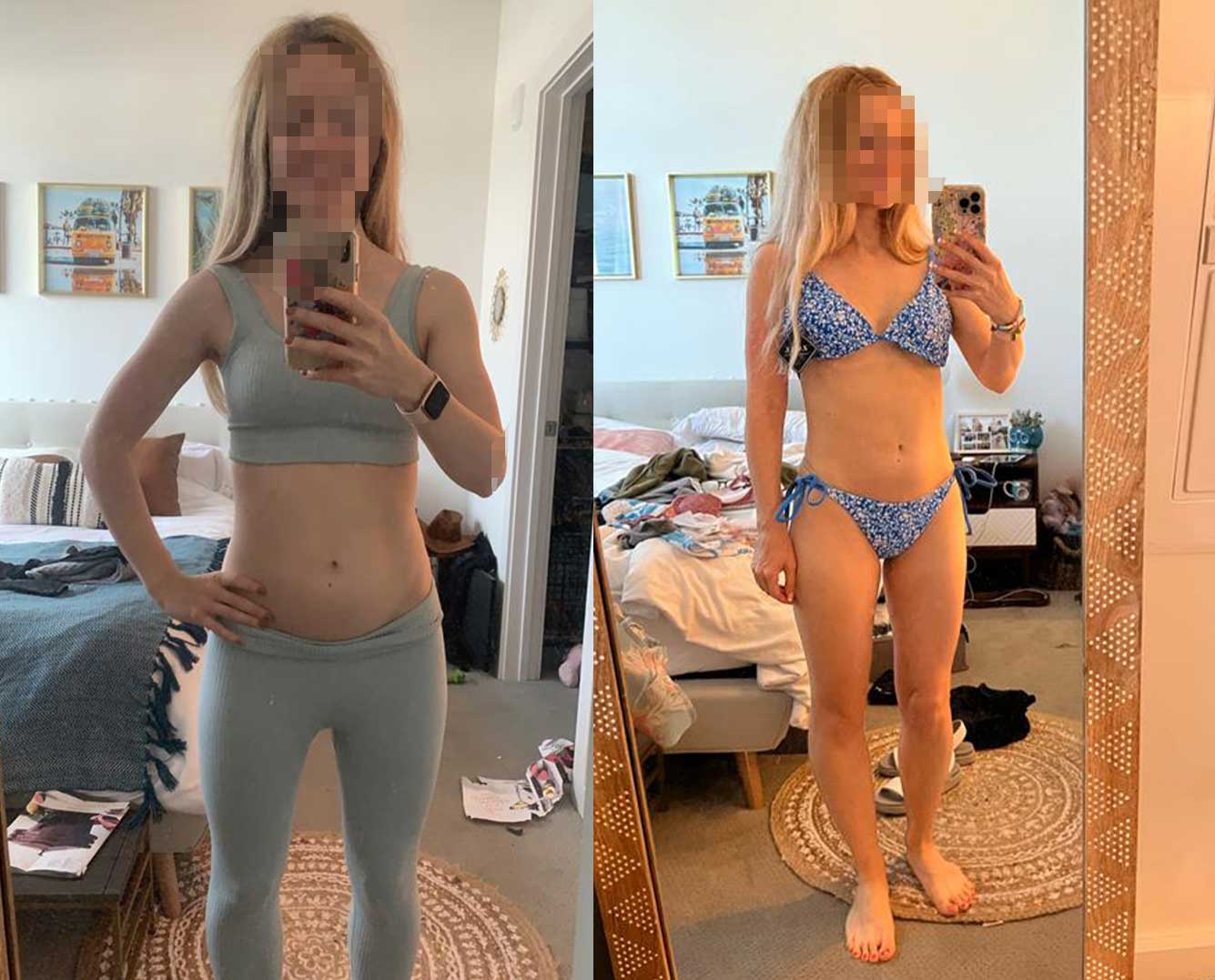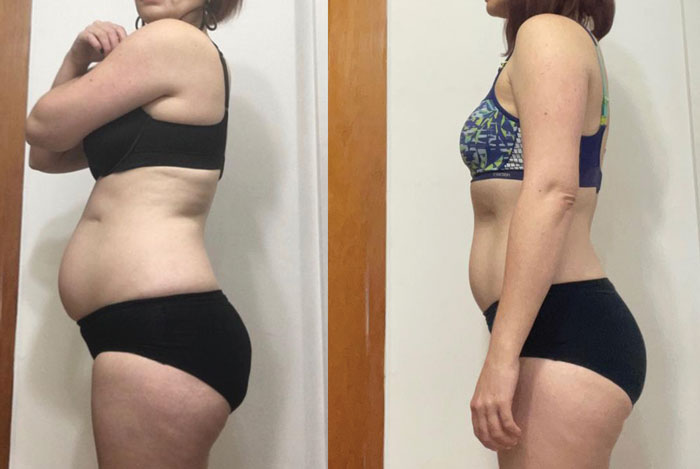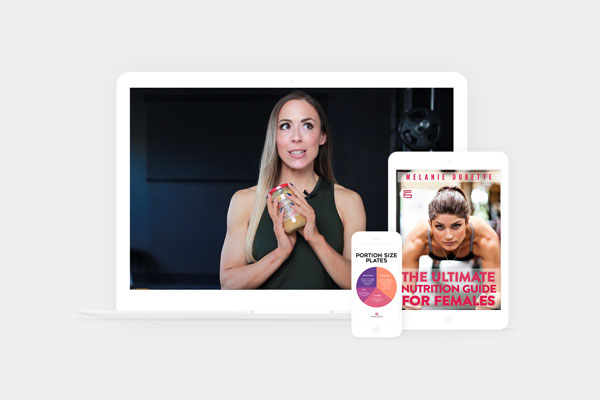The plant-based diet is an abundant way of eating and nourishing yourself with good food.
The term “plant-based” is growing in popularity and for good reason. From the research and anecdotal evidence it seems like you’ll be healthier and live longer if you follow a plant-based diet.
A plant-based diet is based on vegetables, fruits, legumes and wholegrains. It emphasizes whole, natural foods over refined foods and it minimizes animal products, including dairy products and eggs.
Just to be clear, I’m not advocating for a vegetarian or vegan diet or the complete exclusion of animal products from your diet. I’m not a fan of diets that take a hard stance on excluding certain foods. I am a fan, however, of diets that focus on eating an abundance of foods that are good for you and plant-based diets certainly tick this box.
In fact, that’s one of the reasons that the term plant-based has come about in recent times. For many people, the term “plant-based” represents a less extreme approach than vegetarianism and veganism. For some people, plant-based eating means the complete exclusion of animal products but that’s not what I’m talking about in this article.
The plant-based diet is an abundant way of eating and nourishing yourself with good food. It’s about piling your plate up with colourful plant-derived foods to give yourself as much nutrition as possible. The amount of animal products is entirely up to you but when you switch to plant-based eating, they are no longer the focus.
I recently saw an article on Business Insider Australia talking about what Tom Brady (the footballer) eats to stay in peak condition at 39 when most players have retired. When talking about what Tom and his partner eat, Tom’s chef was essentially describing a plant-based diet:
80 per cent of what they eat is vegetables. The freshest vegetables… And whole grains: brown rice, quinoa, millet, beans. The other 20 per cent is lean meats: grass-fed organic steak, duck every now and then, and chicken. As for fish, I mostly cook wild salmon.
Besides being a really enjoyable way to eat, the plant-based diet has many health benefits as you’ll learn in the next section. Later in the article, I’ve also included some tips and a sample meal plan to help you start putting plant-based eating into practice.
Benefits Of A Plant-based Diet
Some of the benefits associated with a plant-based diet include:
- increased longevity
- less risk of coronary artery disease and stroke
- improved blood pressure
- lower risk of cancer and nutritional treatment of cancer
- prevention and reversing of diabetes
- prevention of osteoporosis
- weight loss and reduced obesity
- less joint pain and reduction of arthritis symptoms
- less period pain
- less cognitive decline and dementia
- improved skin and less acne
- better digestion.
So why are plant-based diets so powerful? One of the biggest benefits of plant-based eating is that it lowers inflammation. Inflammation is a common denominator in most of the problems listed above.
The benefits also arise from higher intakes of vitamins, minerals, fiber, antioxidants and phytonutrients. Phytonutrients are beneficial compounds produced by plants that serve many important functions to keep us healthy and aging well. For example, anthocyanins found most abundantly in purple and red foods like blueberries, cranberries, bilberries, blackberries, grapes and purple sweet potatoes are responsible for many of the health benefits of these foods. Another well-known example of phytonutrients is green tea. The phytonutrients in green tea are the reason it is so good for you (ie. it’s rich in flavonoids and catechins which have many health benefits and may even protect against cancer).
The more colourful your diet, the more powerful phytonutrients you’ll be consuming.
Plants for longevity
Some of the healthiest and longest-lived populations in the world are plant-based. These areas of the world are known as Blue Zones. Two well-known examples of the Blue Zones are Okinawa, Japan and Sardinia, Italy. One of the main characteristics of these areas is that they have more centenarians (people who live to 100+) than other populations. Not only do people in the Blue Zones live longer but they also suffer less from heart attacks, strokes, diabetes, dementia and cancer.
People in the Blue Zones follow a predominately plant-based diet, supplemented by animal products, and diet is one of the reasons they are healthier and live longer than the rest of us. For example, the Okinawan traditional diet is based on sweet potatoes, soybeans, and plenty of vegetables. Meat and dairy only accounts for about 3 percent of their daily calories according to Dan Buettner who wrote The Blue Zones: Lessons for Living Longer From the People Who’ve Lived The Longest. The traditional Sardinian diet is also plant-based, accented by meat. Their diet includes wholegrain bread, beans, vegetables, fruits, and milk and cheese from goats and sheep. Finally, studies have shown that the Seventh Day Adventists in Loma Linda, California who mostly follow a vegetarian diet tend to live a decade longer than everyone else in the United States.
Objections To Plant-Based Eating
It’s hard to believe anyone would find fault with the idea that you need to eat more plants, but it’s likely you’ll hear objections to eating less meat. So to help you get started with plant-based eating I wanted to address some of those objections here.
1. You’ll miss eating meat.
Maybe, but you’ll be surprised by how much you enjoy trying new dishes and foods.
Eating meat is almost a ritual (ie. BBQs, holidays, Sunday roasts) so a lot of people would have a hard time eating less of it. I’m not saying you have to give these things up. But you can make a point of eating a whole lot of other plant-based foods at these times as well. For example, have your meat on the BBQ but then have a couple of different salad options so the majority of your plate is filled up with plants.
You can also create new, fun rituals like “Meatless Mondays” and involve your family in choosing recipes and cooking different foods.
2. My kids and partner won’t like it.
They’ll get used to it, and they’ll even start to like it.
Recently, I asked a client who eats very healthy what the rules are in her house. She said that her family eats what she cooks – they don’t have a choice. She acknowledged that it was a struggle sometimes but she holds strong because she wants to raise kids who will find eating healthy and looking after themselves easier when they are older.
As I told her, my siblings and I also didn’t have a choice. We ate what was on the table or we didn’t eat at all. We were also very involved in growing and preparing the food. As adults all four of us eat well and not one of us struggles with weight problems. Looking back, I’m very grateful I was raised this way.
Teaching your kids to love healthy food is an incredible gift they will benefit from all of their lives.
As for your partner? Well mine fussed a bit when I first tried to get him to eat beans instead of chicken with his rice. Sometimes I’m sure he finds me annoying when I remind him to eat more vegetables. But the other day he said to me “You know I was thinking. I really appreciate having someone like you who reminds me to eat healthier.”
He also now regularly asks me to cook extra beans (and dahl) for him and steals my crispy tofu off my plate.
A lot of times, they don’t know what they like until they try it!
3. It’s expensive to eat a plant-based diet.
Actually, you’ll probably save money.
Since I started eating less meat, I’ve saved so much money on my weekly grocery shop. When I do buy meat now I always cringe at the bill. Legumes can easily cost less than $1 per serving, especially if you shop in bulk. If you aren’t buying as much meat you’ll have plenty of money left over for veggies and fruit.
Sample Plant-Based Meal Plan
Breakfast
- Oatmeal, cooked in nut milk with a scoop of plant-based protein stirred in to boost your protein intake and add flavour
- Smoothie with plant-based protein (Additional options include: 1-2 serves of fruit, veggies, oats, nut butters, cacao powder, coconut milk or whatever else you like in your smoothie).
Lunch
- Salad or Buddha bowl (ie. using options like chickpeas, tofu and nuts for protein)
- Sushi
- Hummus on crackers with veggies
Snacks
- Protein shake made with plant-based protein powder
- Protein bar (made with wholefood ingredients like dates and nuts and/or with plant-based protein)
- Nuts and fruit
Dinner
- Fish with a plate of vegetables and some homemade sweet potato fries
- Vegetarian curry with rice
How To Eat Plant-based Away From Home
Eating out is always a challenge if you are concerned about what you are eating, If you can, be the one to suggest the restaurant which gives you more control over the type of food you’ll be eating. When it comes to eating plant-based at a restaurant, simply look for a dish with lots of vegetables. Of course it needs to be something you’ll enjoy because you’ll be defeating the purpose of dining out if you aren’t excited about it.
You don’t have to live on salad or miss out on delicious meals. Here are some of my favourite meals when I eat out:
- Falafel
- Vegan pizza
- Veggie burrito bowl
- Fish tacos
- Masala dosa (South Indian rice and lentil pancake)
Don’t get me wrong – I still love a good steak every now and then but most of the time I’ll choose dishes like these when eating out – not only because they are healthy but because they are really delicious! The bonus of choosing a plant-based meal is you’ll probably consume less calories too.
Eating at someone else’s house can be even more challenging than eating in a restaurant because you don’t have a choice. A great strategy is to offer to bring a dish so you know there will be at least one thing you can fill up on.
Sometimes the biggest challenge is family. I’ve found explaining to my family how I’ve been able to change my health and why it’s important to me has been beneficial. You’ll have more success if you don’t act judgmental about what they eat and you don’t try to convince them that they should be eating like you.
Your family and friends want you to be happy and healthy so you might be surprised at the support that comes back at you.
I know it can be really hard to stand out and do something different than everyone else. But, at the end of the day, if you want be healthy and look great, then you’ll have to do things that are different than the average.
Finding The Right Balance
There are some people who take plant-eating to the extremes but as I’ve said multiple times throughout this article I’m not advocating for completely cutting out animal products. Animal products like meat and eggs provide iron, zinc and vitamin B12, and fish provides omega-3s. The more strict you get in limiting animal products, the more you are going to have to supplement to make up short falls. If you run low in any of these, you’ll feel pretty rotten which defeats the purpose of following a plant-based diet.
I think the Blue Zones provide inspiration for what a balanced approach looks like: heavy on the plants, light on the animal products. They live to 100 and have way less diseases of aging than we do, so they are on to something good.
I’m still a plant-based newbie but I can definitely say that eating this way has made a huge difference to my own health and, based on everything I’ve learned so far, I truly believe it will make a difference to yours as well.
Here are some awesome plant-based resources if you want to learn more:
My Pinterest Plant-Based Recipe Board – I’ve started keeping my favourite recipes on Pinterest so you can access them too. There are a lot of recipes on Pinterest that call for crazy amounts of ingredients like coconut oil, almond butter, maple syrup and dates. I’ve screened all the recipes I pin to make sure they aren’t really high calorie and don’t have too much sugar and/or fat.
Rich Roll Podcast – I’m a little obsessed with Rich Roll at the moment and have been binge listening to his podcast. Podcasts #278 and 242 are a great start if you want to learn about the benefits of plant-based eating.
The Blue Zones Website – Their website has inspiring stories about centenarians from the Blue Zones as well as recipes.
Related Articles:
How To Eat An Anti-Inflammatory Diet (And Age, Look and Feel Better From Doing So)
Your Complete Guide To Period Pain

